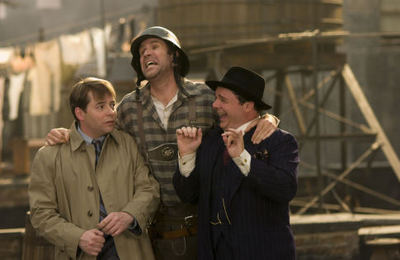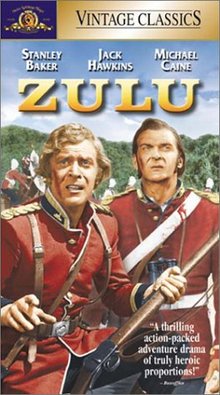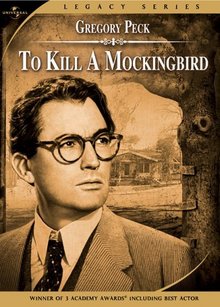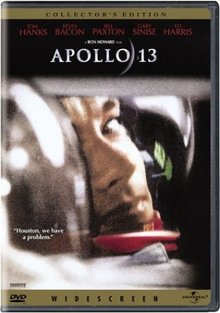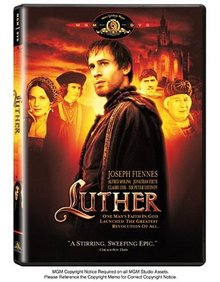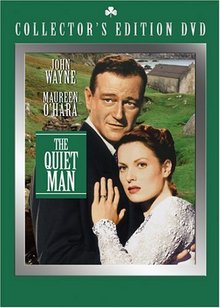The thing about the latter 1970s is that so much of the weirdness then can be easily attributed to drugs. Well, drugs and Jimmy Carter. Now when I look back on those times I often get the feeling that I’m revisiting an alternative universe. Lately I’ve been inclined to write these perceptions off as a matter of me getting older, while discounting the ready access to certain botanicals and pharmaceuticals back then. After some unfortunate channel-surfing over the weekend, however, I’m back to my original hypothesis.
Friday night I watched the last half of the 1978 “film”, Sgt. Pepper’s Lonely Hearts Club Band. Yes, I had full control of the remote and could have changed the channel or looked away, but there was an oddly compelling desire to look, such as what one gets when passing a road accident or a pro-illegal immigration rally. When I first saw the movie in a theater (what are these “movie rental” and “cable television” things you speak of?) I remember lamenting the experience as nothing more than the waste of $3, which I alternatively could have used to purchase half a tank of gas.
Now, looking back from the omniscience of my years I can see where this movie was the place where the fabric of the universe first took on the look of the frayed or torn blue jeans so common back then. Could it be more than coincidence that torn jeans are once more in vogue and this movie is circulating via satellite waves? (And for the record, kids, back in my day we had to work to get those jeans looking like that.)
I’m sure it seemed like a good idea at the time to movie executives to do a rock opera homage to the Beatles. Beatles music was still big, processed rock and roll was starting to rule the land, no dialogue would make it easier to cover up that no one could act and Peter Frampton still had three or four seconds left of his 15 seconds of fame. Peter Frampton? Lord, yes, the movie starred Peter Frampton, looking like he weighed 110 pounds and in all his white blond curls as if he was trying to channel William Katt in The Greatest American Hero, but with half the machismo.
Predictably the result was more homogenization than homage with casting trying to pull in as many popular icons of the era regardless of field or musical genre. Hence the film also features The BeeGees, George Burns, Steve Martin, Alice Cooper, Aerosmith and Earth, Wind & Fire. The BeeGees have the largest roles after Frampton, but I never could (or never bothered) to keep their names straight; to me they’ve always been Big Hair BeeGee, Missing Hair BeeGee and Blond Hair BeeGee. The trippiest performance, predictably, was Cooper singing “Because” while the best part of the movie was Aerosmith’s great cover of “Come Together” (and I’m not even that much of an Aerosmith fan).
To show just how much drugs (or money) were involved you only need to know that both Alice Cooper and Steven Tyler get their butts kicked by Peter Frampton. Yeah, right, like that could happen, especially since Frampton’s “moves” seemed to have been borrowed from the scene in “Blazing Saddles” where the men’s chorus fought with the cowboys, or perhaps Lauren Bacall trying to hit Edward G. Robinson in “Key Largo”. I don’t know how much they had to pay Cooper and Tyler (or with what) to go along with this indignity, but I hope for their sakes it was enough. I mean, it would have been more believable for George Burns to win the fight, or even Jimmy Carter’s Killer Rabbit who, apparently, wasn’t cast in the movie because he wasn’t famous until the following year.
As insipid as the movie was it somehow exerted a strong pull on me, not unlike what a kleenex must feel as it gets sucked down the toilet. Maybe it was the lateness of the hour and my fatigue, or the effects of some post-hypnotic suggestion I received in the 70s. The pay-off, however, meager as it may have been was the final scene when the producers pulled in every idle celebrity within a 10 mile radius of the studio for a group chorus of “We’re Sgt. Pepper’s Lonely Hearts Club Band,” shot to look like the album cover.
I was just about to turn the tv off when the camera started panning the pre-“We Are the World” assembly, challenging my ability to recognize these people from nearly 30 years ago. OMG, is that Johnny Winter? What’s he doing in this abomination? Rick Derringer and Nils Lofgren — what, did the producers have photos of you with teen-age girls? Wasn’t that Jackson Browne, or only Keith Carradine? Hey, there’s that other guy with my name, and Hank Williams, Jr! Bowser from Sha-Na-Na? They must have been offering free food at the recording session and he walked in. Whoa, there’s Heart from back when they were still good-looking, and a low-miles Bonnie Raitt! Leif Garret, go back to your room NOW, young man. They even had Dr. John and Robert Palmer in there, no doubt to ensure that no matter how stupid the filming was, the cast party was smoking.
I know, I know, I need to chill. I don’t know why this set me off, but I’ll just do what Alice Cooper and Steven Tyler do whenever they think of this and that is to repeat over and over, “It’s only a movie. It’s only a movie.”

